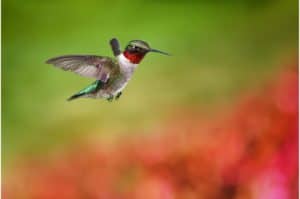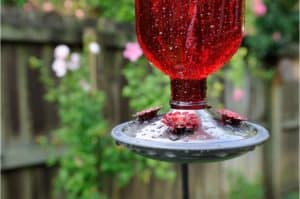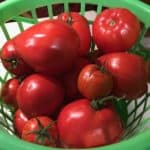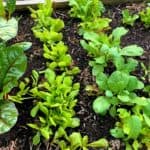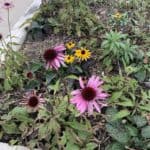Hummingbird facts
Hummingbirds are such a treat to watch flitting from flower to flower and from feeder to feeder in our yards. Did you know that hummingbirds are only found in the Americas? That’s right – North, Central and South America only. With more than 360 species of hummingbird, there’s a lot to love. 15 varieties of hummingbird can be found in the United States. The primary species seen in the Midwest is the ruby-throated, typically residing in the area from early-spring until early-fall. In the colder months, this species resides primarily in Mexico or Central America.
As an Amazon Associate I earn from qualifying purchases.
Hummingbirds live an average 3 to 5 years, however there are many documented reports of these birds living to 10 years and beyond. Scientists studying hummers capture and band them, then immediately release them back to the wild to follow their behavior, territories, travel and life spans. It’s important for backyard birders to know that hummingbirds regularly return to the exact same spot year after year searching for food. More than once I’ve witnessed an early arriving hummingbird hovering at the location where my hummingbird feeders hang each year. This is super exciting and sends me to the kitchen to whip up a batch of nectar STAT!
They eat small insects, larvae and when nectar is scarce will seek out holes woodpeckers have drilled in trees to feast on the sap that is now accessible. They will also sip from fruits like berries or sliced open oranges, however their far and away favorite is nectar. Their very high metabolism and extremely high velocity movement require a great deal of easily accessible sucrose which the nectar provides.
Despite their territorial temperament and quick movements, hummingbirds do have a few natural predators. Hawks, owls, crows, orioles, grackles, gulls and herons can snag a hummingbird out of the air. Praying mantis are hugely beneficial in the garden, but they have been known to snatch a hummingbird for a meal when opportunity presents. Snakes and spiders can invade the nest and feast on hummingbird eggs.
We can do our part to protect hummers by saying no to pesticides (a.k.a. insecticides) of all kinds. Not only do these chemicals kill every bug, beneficial or not, they also mess with the natural balance of the ecosystem of your own garden oasis. For hummingbirds and other pollinators, residual pesticides can also wind up on nectar producing plants that they visit. Leaving the insecticides on the store shelf is always the right call.
Attracting hummers
The best way to encourage these small birds to stay in your landscape for as long as possible is to provide a variety of flowering nectar plants in addition to nectar feeders with sugar water. I like to hang several feeders around my yard. I have them hanging from my porch, in trees and on shepherd’s hooks.
Hummingbird nectar recipe
4 parts hot water
1 part white sugar
Blend the two ingredients together. Microwave for a minute on high and stir until clear. Add to clean feeders. There is no need to bring the mixture to a boil or do other steps.
It couldn’t be easier than that! No need to buy pre-packaged nectar mixes. In fact, it’s not good for our flying friends to consume these, with their preservatives and fake red color. No red color is needed at all. Your hummers will find your nectar.
Be sure to empty and clean your feeders and replace your nectar regularly. This bottle brush works great for this task. The big brush cleans the main part of the feeder, while the straw brush cleans your feeder ports perfectly. A dirty or moldy feeder is a breeding ground for bacteria that can be deadly to hummingbirds.
Here’s a guide on when to change your nectar based on the daily high temperature:
|
Daily high temperature (Fahrenheit) |
When to change nectar |
| Up to 80 | Every 5 to 6 days |
| 81 to 88 | Every 3 to 4 days |
| 88 to 92 | Every 2 days |
| 93 and above | Daily |
If you’re following a regular schedule for changing your nectar, you should be able to clean the feeder with hot water and a scrub brush. Every 3 cleanings or if it has been especially hot or there is evidence of black mold in your feeder, do some extra thorough sanitizing. This is best done with white vinegar. Vinegar
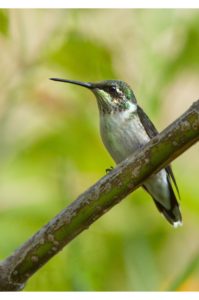
Be sure to keep feeding your hummingbirds well into fall. Keep in mind that you may need to protect your feeders from freezing on an especially cold night. Our flying friends are around much longer than you might imagine. I’ve more than once seen the last few hummingbirds around in my Midwest garden well into October when the air is crisp and evening temps hover just above freezing. Don’t worry though. They know instinctively when it is time to head South. In early Spring as the temps rise, it’s time to repeat the cycle all over again and fill your clean feeders.
Plants for hummers
You can encourage these hovering friends further by planting flowers they love near your feeders. Including a combination of annuals (replanted each year) and perennials (return each year) ensures you provide a consistent source of nectar.
My favorite plant selections for hummingbirds
Annuals
- Cleome
- Columbine
- Cuphea (a.k.a. cigar, bat-faced, firecracker)
- Flowering Tobacco
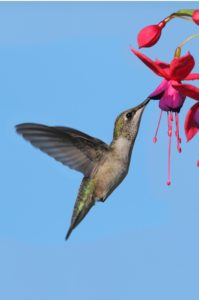
- Fuchsia
- Impatiens
- Lantana
- Mexican Flame Vine
- Mexican Shrimp Plant
- Mexican Sunflower
- Million bells
- Nasturtium – this beautiful plant is also awesome in your veggie garden to repel harmful bugs
- Petunia
- Salvia (both annual and perennial varieties)
- Tropical Milkweed
- Zinnia
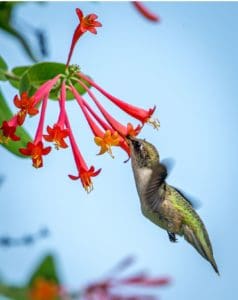
Perennials
- Agastache (a.k.a. hummingbird mint)
- Bleeding heart
- Cardinal vine
- Clematis
- Columbine
- Echinacea (coneflower)
- Heuchera (coral bells)
- Hibiscus
- Honeysuckle
- Lobelia (cardinal flower)
- Lupine
- Monarda (bee balm)
- Penstemon
- Phlox
- Veronica
- Russian Sage
- Salvia (both annual and perennial varieties)
- Trumpet vine (note this one is huge and requires strong support)
Delight in observing the antics and fascinating behavior of one of nature’s most interesting creatures in your own backyard. With a little know how, regular attention and a bit of planning, you’ll continuously attract more hummingbirds and enjoy watching them return year after year.
SHARE IT ON PINTEREST
